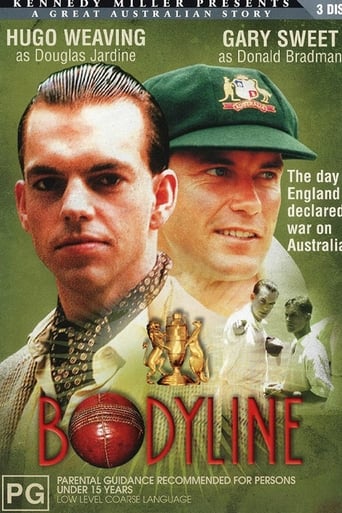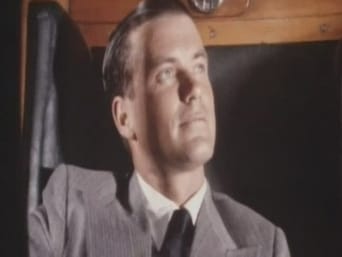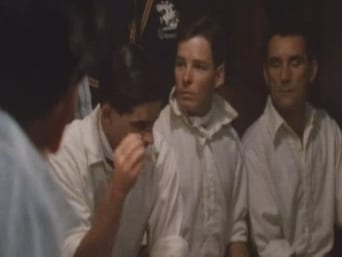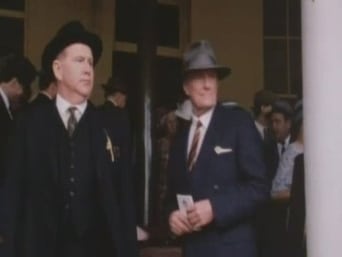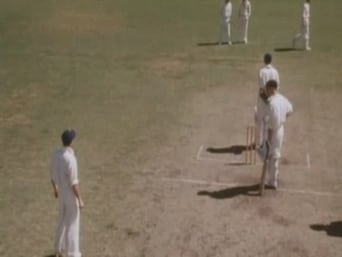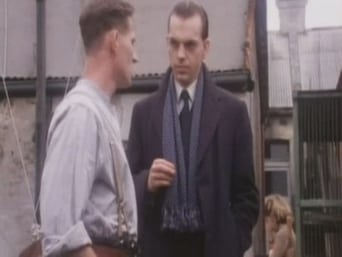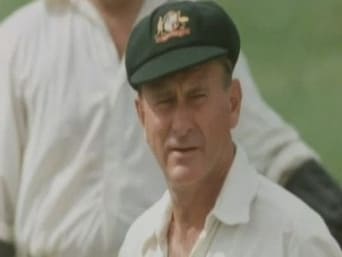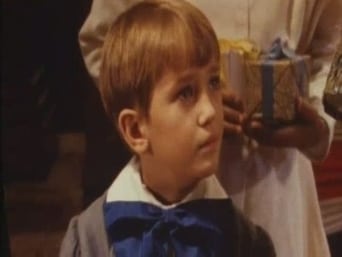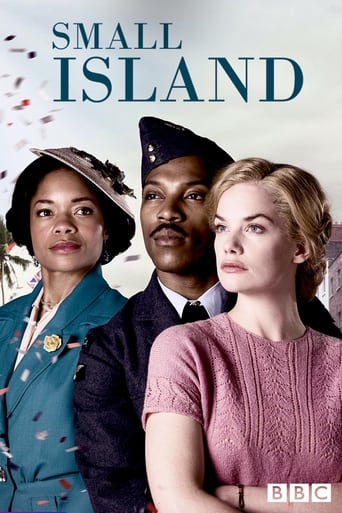Bodyline Season 1
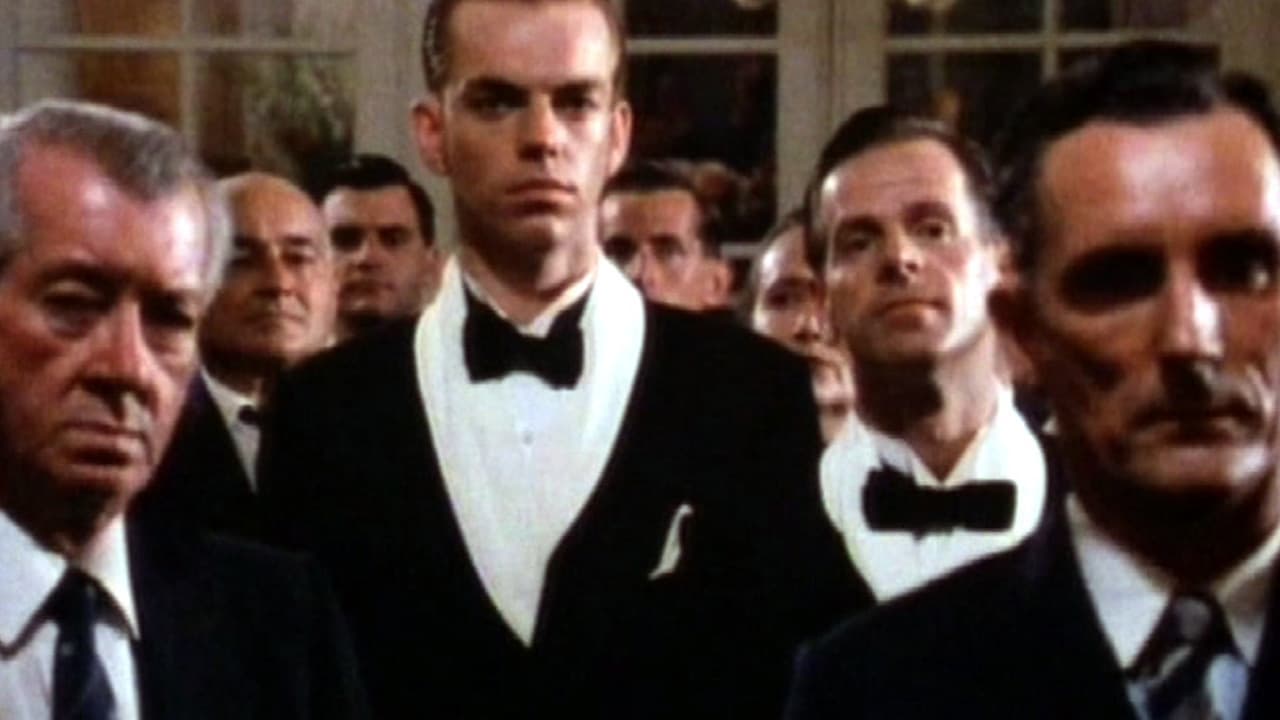
Dramatization of the 1932/33 Test cricket series between England and Australia. Played in Australia, the series gained notoriety in Australian and worldwide cricketing history for the fact that the English team (headed by captain Douglas Jardine) applied a bowling technique called "leg theory", or more commonly, Bodyline. This technique involved bowlers bowling the ball directly at the batsman's body, and resulted in many of the Australian team receiving numerous bruises and injuries, with batsman Bert Oldfield sustaining a cracked skull. The series generated much anger and resentment towards the English team within Australia and seriously damaged Anglo-Australian cricketing relations at the time.
Watch NowWith 30 Day Free Trial!
Bodyline
1984
Dramatization of the 1932/33 Test cricket series between England and Australia. Played in Australia, the series gained notoriety in Australian and worldwide cricketing history for the fact that the English team (headed by captain Douglas Jardine) applied a bowling technique called "leg theory", or more commonly, Bodyline. This technique involved bowlers bowling the ball directly at the batsman's body, and resulted in many of the Australian team receiving numerous bruises and injuries, with batsman Bert Oldfield sustaining a cracked skull. The series generated much anger and resentment towards the English team within Australia and seriously damaged Anglo-Australian cricketing relations at the time.
Watch Trailer
With 30 Day Free Trial!
Bodyline Season 1 Full Episode Guide
Dramatization of the 1932/33 Test cricket series between England and Australia. Played in Australia, the series gained notoriety in Australian and worldwide cricketing history for the fact that the English team (headed by captain Douglas Jardine) applied a bowling technique called "leg theory", or more commonly, Bodyline. This technique involved bowlers bowling the ball directly at the batsman's body, and resulted in many of the Australian team receiving numerous bruises and injuries, with batsman Bert Oldfield sustaining a cracked skull. The series generated much anger and resentment towards the English team within Australia and seriously damaged Anglo-Australian cricketing relations at the time.
Dramatization of the 1932/33 Test cricket series between England and Australia. Played in Australia, the series gained notoriety in Australian and worldwide cricketing history for the fact that the English team (headed by captain Douglas Jardine) applied a bowling technique called "leg theory", or more commonly, Bodyline. This technique involved bowlers bowling the ball directly at the batsman's body, and resulted in many of the Australian team receiving numerous bruises and injuries, with batsman Bert Oldfield sustaining a cracked skull. The series generated much anger and resentment towards the English team within Australia and seriously damaged Anglo-Australian cricketing relations at the time.
Dramatization of the 1932/33 Test cricket series between England and Australia. Played in Australia, the series gained notoriety in Australian and worldwide cricketing history for the fact that the English team (headed by captain Douglas Jardine) applied a bowling technique called "leg theory", or more commonly, Bodyline. This technique involved bowlers bowling the ball directly at the batsman's body, and resulted in many of the Australian team receiving numerous bruises and injuries, with batsman Bert Oldfield sustaining a cracked skull. The series generated much anger and resentment towards the English team within Australia and seriously damaged Anglo-Australian cricketing relations at the time.
Dramatization of the 1932/33 Test cricket series between England and Australia. Played in Australia, the series gained notoriety in Australian and worldwide cricketing history for the fact that the English team (headed by captain Douglas Jardine) applied a bowling technique called "leg theory", or more commonly, Bodyline. This technique involved bowlers bowling the ball directly at the batsman's body, and resulted in many of the Australian team receiving numerous bruises and injuries, with batsman Bert Oldfield sustaining a cracked skull. The series generated much anger and resentment towards the English team within Australia and seriously damaged Anglo-Australian cricketing relations at the time.
Clive 'Chuck' Cooper reports on the first test between England and Australia from Brisbane Oval on November 30th 1928 in which Don Bradman makes his test debut. England bat first and destroy the Australian bowling, Douglas Jardine makes his test debut scoring a creditable 35 out of an England total of 521. Australia are then demolished by the England bowling attack with Bradman making 18. Australia are all out for 122 resulting in England scoring a resounding victory. Australia lose the second test in Sydney after dropping Don Bradman from the team. Onto Melbourne for the third test match and Bradman is recalled to the Australian team scoring freely all around the wicket to make his maiden test century becoming the youngest player to score a test century aged 20. England go on to win the series 4-1. The Australian test side arrived in England in the middle of the great depression of 1930, Bradman dominates the English bowling throughout the series breaking record after record as Douglas Jardine predicted, the Ashes are regained by Australia. Lord Harris plots and schemes behind the scenes to manipulate Percy Fender into resigning the Surrey captaincy much to the disgust of the young Jardine who replaces him.
Set at a time when 40 million English ruled a third of the World's population and when to be born British was to win first prize in the lottery of life episode 1 introduces Harold Larwood, son of a coal miner born into poverty, Donald Bradman born and raised in the Australian bush and Douglas Jardine, child of the Raj born in India educated in England surrounded by affluence and power. The first episode focuses on Australia, a yound nation, emerging from the shadow of England. Douglas Jardine is introduced at his 9th birthday in Bombay, Lord Harris explains the significance of the soon to be famous Harlequin cap, and his parents bid him an emotional farewell as he departs to be educated in England, first at Horris Hill School later at Winchester College. Andrew Lane teaches the young Jardine that cricket is a thinking mans game 'you don't bowl a batsmen out, you think him out'. Jardine emerges from WW1 tall and athletic, reserved and determined, this determination attracts interest from Percy Fender (Surrey Captain) who is impressed with Jardines captaincy. Meanwhile a young Harold Larwood is introduced bowling for money at the coal mine where he works and in Australia a certain Don Bradman is selected first for New South Wales and then in 1928 for Australia during Jardine's first tour down under.
Free Trial Channels
Seasons


